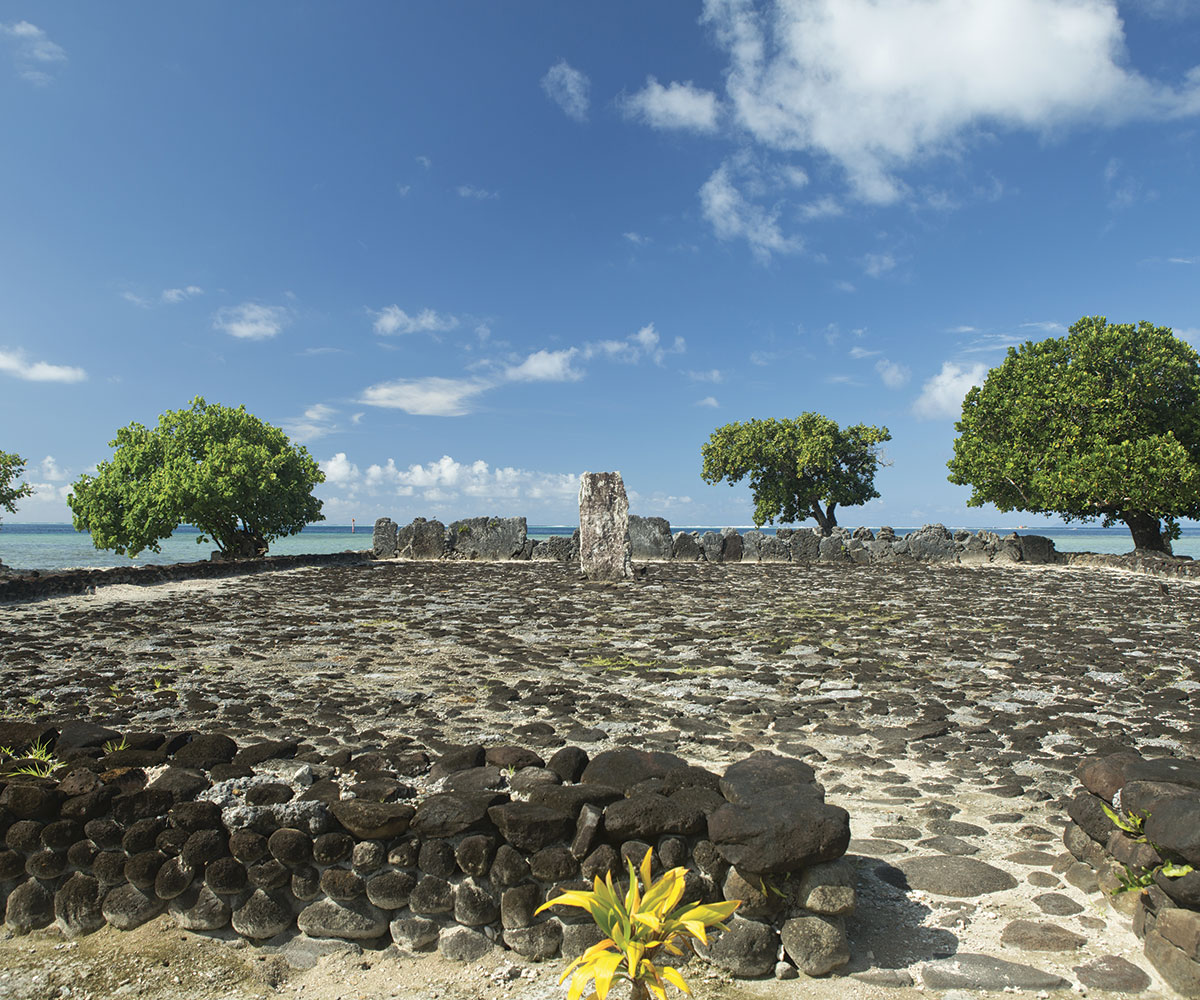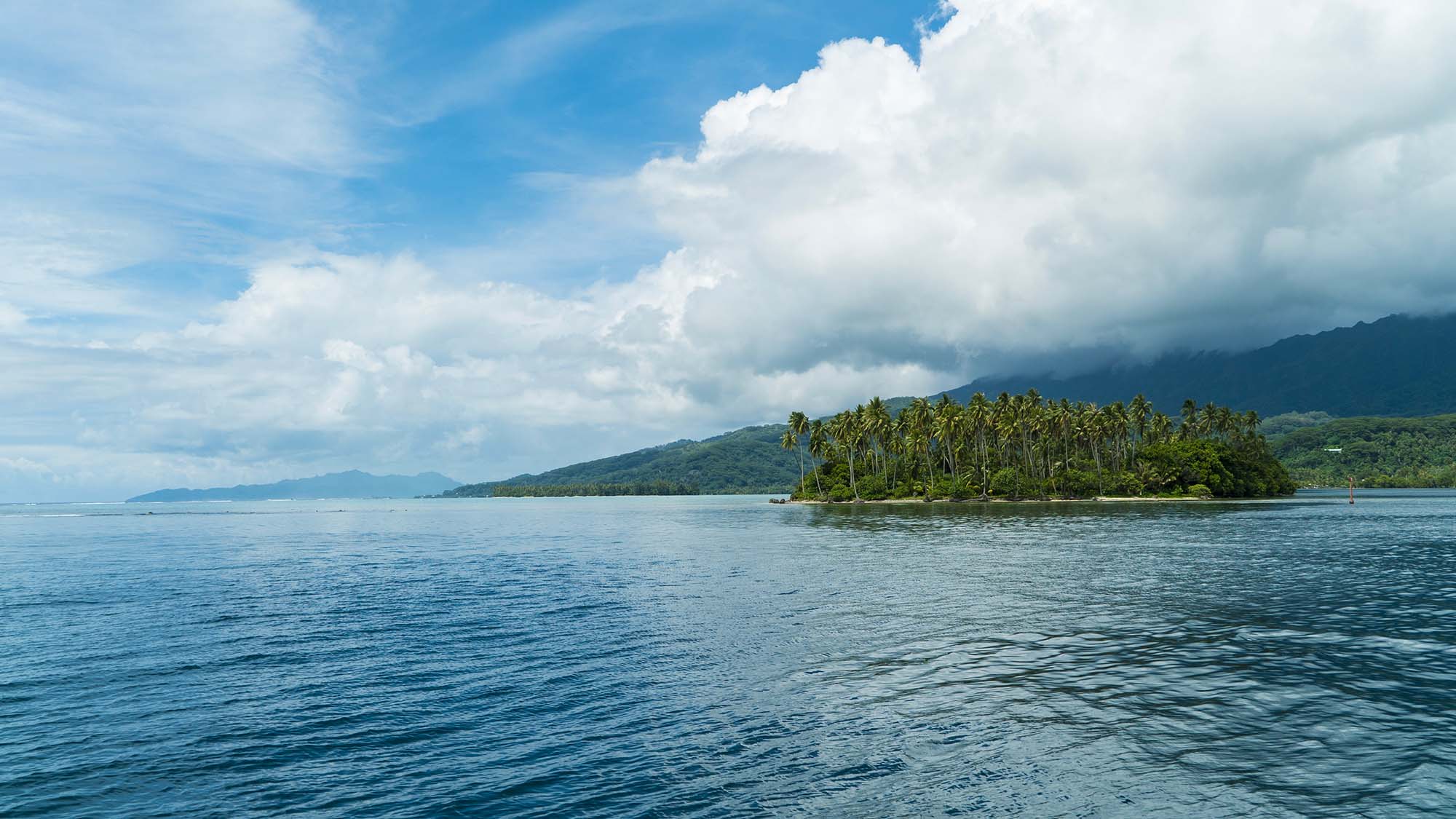The marae Taputapuatea

“16°50’15’’south, 151°21’32’’ west, these are the GPS coordinates that will lead you to the heart of Polynesian spirituality. Head to the marae Taputapuatea, at the heart of the Society Islands, on the island of Raiatea.
In Polynesian cultures, long before the arrival of colonists, the marae is a sacred space. It is a natural place, without ornament, bare and clear, intended to house religious rituals, clan gatherings, and ceremonies of chief inaugurations. Its surface is rectangular, paved with stones or wood. A stone can be erected in the center.
The marae Taputapuatea is the most important temple in Polynesia. Established around the year 1000, it was first dedicated to Ta’aroa before being consecrated to the god of life and death, Oro. Taputapuea refers to distant sacrifices; certain occult rituals and human sacrifices were practiced there. Priests and navigators gather there to exchange, train, and gain the good graces of the deities. During the ceremonies, the drum beats the measure, yellow and red feathers and the belt of red feathers are worn in honor of Oro. Here, we are at the crossroads of the world of the living and that of the founding ancestors of Polynesian culture. The spiritual charge is strong, so strong that stones from the marae Taputapuatea have been transported to the Cook Islands, Hawaii, and New Zealand to create new sacred sites. The Polynesians are thus spiritually linked; a process that allows inter-clan pacification.
In 1763, warriors from Bora-Bora attacked the island of Raiatea and destroyed the place of worship. Five years later, James Cook and his crew took over the island on the orders of King George III of England. The prophecy of the outriggerless canoes is verified. The deities are evicted, the beliefs swept away. It was necessary to wait for decolonization and the cultural reappropriation of the Polynesians to restore the marae to its nobility. In 1994, a restoration of the ruins began. Since 2017, the site has been registered as both tangible and intangible world heritage by UNESCO, and therefore benefits from protection, recognition, and financial aid.
The Polynesians are reconnecting with this spiritual hub that catalyzes their cultural identity. They can meditate there and feel the energy of the fervor of yesteryear. The traveler can discover this temple of 2500 hectares and feel once more the special bonds that unite Polynesians, ocean, and islands. The visit is free and unrestricted but the services of a guide will allow for a better understanding of the subject. You will thus understand how political life, ceremonies, and funerary management intertwine.
The landscapes of the island and the possibilities of enchanting dives or ideal sailing practice can only convince you to add Raiatea to your itinerary.


